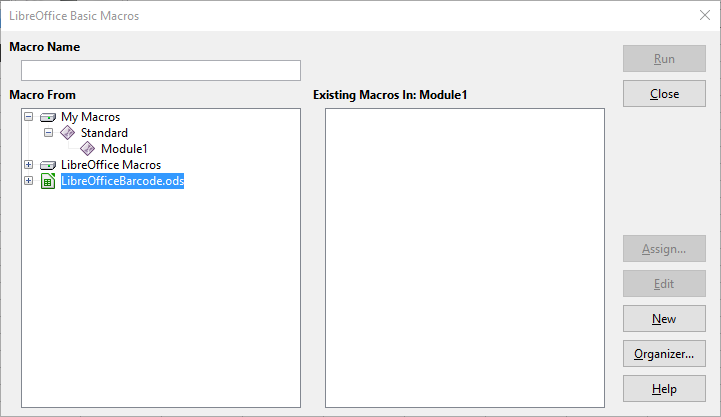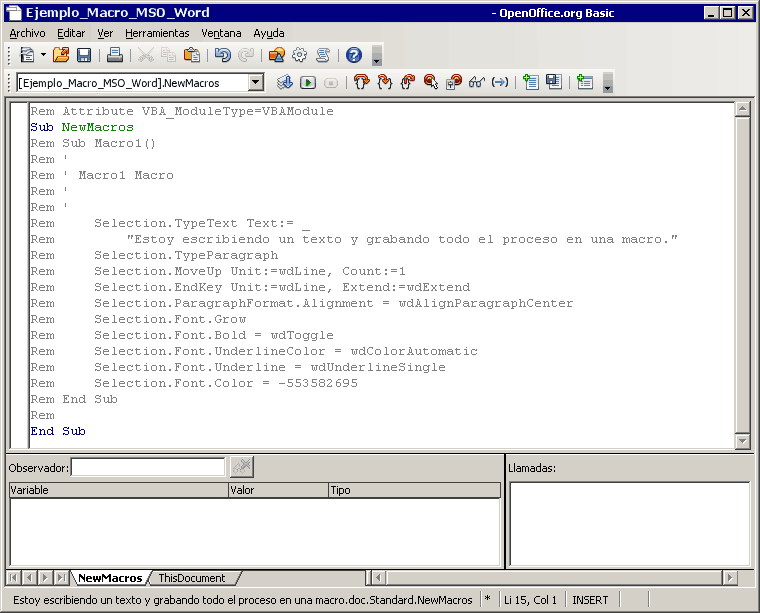

Next, if you want to call an in-document macro, you have to get the UNO object of the opened document that contains the macro. It is not about my temperament or intention, sir. You are mean! Why don't you just let me skip? You do not need to believe anything you need to hypothesize and validate, unboundedly. If you do not know how, you can refer to one of the links listed in 'Starting Context'. Are you all right?Īnyway, also efficiency-wise, it is not any laudable: invoke an external process per macro call?Īs a part of the preparation, let us get the UNO objects context to the LibreOffice or Apache OpenOffice instance. Why do I have to be interrogated?! You are like "I'm going to grill that chick! He-he"! Well, madam, you cannot pass appropriate arguments that way, can you? Leave that dunce alone just explain how it is handicapped. Oh, you were guffawing in your heart! You were like "Look at that dunce! That stupid look on his face!" You are making fun of me! You are like "That fool calls 'soffice'. I am informing you that that scheme is handicapped. It seems that some people call 'soffice' in order to invoke LibreOffice or Apache OpenOffice macros from their programs. Here are Hypothesizer 7, Objector 51A, and Objector 51B in front of a computer.
#Openoffice basic macros full#
Using an external full Python has been addressed in a previous article.


The details of Python macro programming will be dug into in some future articles.
#Openoffice basic macros how to#
The reader will know how to invoke any LibreOffice or Apache OpenOffice macro from his or her program.Ĭreating your user-owned or application-owned Python macro has been addressed in a previous article.Ĭreating your in-document Python macro has been addressed in a previous article.Ĭreating your in-extension Python macro has been addressed in a previous article. The reader has a knowledge on how to get a UNO objects context to the LibreOffice or Apache OpenOffice instance in his or her programming language (there is an article for Java, for C++, for C#, or for Python external programs). The reader has a basic knowledge on the Java programming language, C++, C#, or the Python programming language. The reader has a knowledge on the basic elements of UNO.

The reader has a knowledge on what UNO is and how UNO is related to LibreOffice or Apache OpenOffice. The reader has a basic knowledge on LibreOffice or Apache OpenOffice. No, we do not call 'soffice', which is handicapped.


 0 kommentar(er)
0 kommentar(er)
